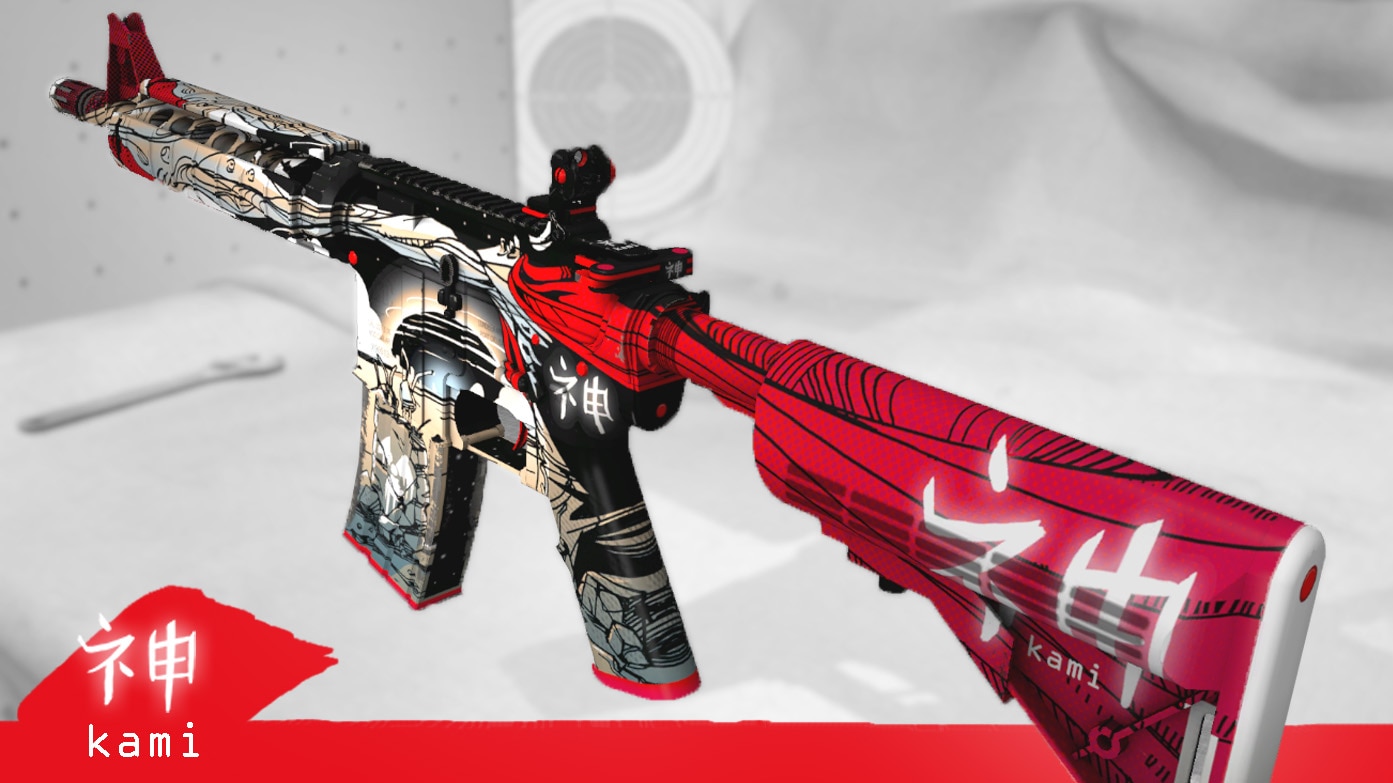Chunai Updates
Your go-to source for the latest news and insights.
Skins That Speak Volumes: The Hidden Language of CSGO Player Identity
Explore the unspoken story behind CSGO skins and discover how they shape player identity in the gaming world!
Unpacking the Emotional Currency of CSGO Skins: What Your Inventory Says About You
In the world of CSGO skins, each item in your inventory serves as more than just a virtual asset; it reflects your personality and gaming style. Players often express pride in their collections, using them as a form of emotional currency that communicates status, commitment, and aesthetics to the broader community. For instance, possessing rare items like Dragon Lore or Medusa not only enhances gameplay but also signifies a player's dedication and achievement within the game. This aspect transforms CSGO skins into a symbol of identity, where each unique skin reflects a player's journey and experiences in the competitive landscape of the game.
Moreover, the psychology behind CSGO skins encompasses a fascinating relationship with self-worth and social interaction among players. Gamers often associate the value of their skins with their performance and reputation. A well-stocked inventory can lead to feelings of accomplishment and confidence, as players showcase their prized possessions in matches or trading forums. Additionally, the trading aspect allows for deeper connections and communication among players, where discussions about skins can lead to friendships and community engagement. Ultimately, your inventory is not just a collection of items; it is a narrative of your gaming life and emotional investment in the CSGO universe.

Counter-Strike has long been a dominant force in the competitive gaming scene, offering intense gameplay and strategic depth. Players can explore different aspects of the game, including various game modes and techniques, such as cs2 surf commands, which allow for unique movement and skill development.
The Evolution of CSGO Skins: How Player Identity Has Shaped the Game
The evolution of CS:GO skins has been a fascinating journey that reflects the dynamic interplay between player identity and gaming culture. Initially, skins were mere aesthetic modifications, allowing players to personalize their in-game experience. However, as the CS:GO community grew, so did the demand for unique and visually striking skins. The introduction of the Steam Marketplace in 2013 revolutionized how players interacted with skins, enabling them to trade and purchase skins, which turned a cosmetic feature into a massive economic element within the game. This change not only impacted the players but also influenced game developers, prompting them to create more intricate and desirable skins to cater to the evolving tastes of their audience.
Today, CS:GO skins serve as more than just cosmetic enhancements; they have become a crucial part of player identity and social status within the gaming community. Players often use skins to express their personality or showcase their achievements, leading to a vibrant subculture centered around skin trading and hunting. Moreover, high-value skins have introduced a shiny new layer of competition, with some rare skins selling for thousands of dollars, further emphasizing the connection between player identity and in-game representation. As the game continues to evolve, the relationship between players and their skins will undoubtedly shape the future landscape of CS:GO, making it a pivotal aspect of both the game and its community.
Are Your CSGO Skins Reflecting Your True Self? A Deep Dive into Player Identity
In the vibrant world of CSGO skins, players often find themselves expressing their unique identities through the virtual items they collect. Each skin carries not just aesthetic appeal but also a story, echoing personal tastes and preferences. For instance, a player sporting a rare knife skin may be signaling their dedication to the game, while one favoring bright, flashy designs could be showcasing their outgoing personality. Understanding how these choices correlate with our self-perception and social identity is crucial, as they allow players to project an image that resonates with their true selves.
Furthermore, the question of whether your CSGO skins truly reflect your identity can lead to profound reflections on what it means to be part of the gaming community. As we navigate through various skins, do we gravitate towards those that mirror our own values or perhaps those we aspire to embody? A minimalistic skin may indicate a preference for subtlety and professionalism, while an extravagant design might illustrate a desire for recognition and boldness. Ultimately, examining these aspects can enhance our understanding of player identity and foster a more meaningful connection with the game itself.